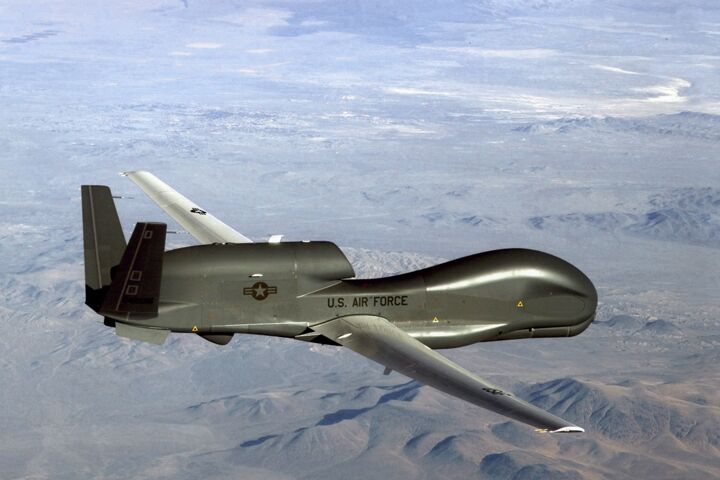
Students Hijack Drone
With $1,000 and technological know-how, a group of researchers from the University of Texas at Austin Radionavigation Laboratory hijacked a drone in front of the Department of Homeland Security (dhs).
Prof. Todd Humphreys and his team were challenged by dhs to hack into a civilian drone and take command. Much to the surprise and dismay of dhs agents, they did just that on June 25.
Humphreys told Fox News that his team was able to “spoof” the gps system on board a helicopter-type civilian drone and give it a different set of directions. The drone then followed the different set of commands. The spoofer device the team assembled was the most advanced ever built with $1,000.
“Spoofing a gps receiver on a uav is just another way of hijacking a plane,” said Humphreys. Anyone with the right equipment can intercept the signal that guides the drone, and make it do what they want it to do.
The real danger here, however, is that the government is currently developing plans that will allow local law enforcement agencies and other organizations from coast to coast to control drones of their own in America’s airspace.
Most Americans can recall the terrifying images of the Sept. 11, 2001, attacks when terrorists hijacked jetliners and used them as guided, fuel-laden missiles to cause maximum damage and loss of life. Now imagine those scenarios being played out on a small scale throughout the country.
“In five or ten years you have 30,000 drones in the airspace,” Humphreys said. “Each one of these could be a potential missile used against us.”
Domestic drones are already being used by the dhs and other governmental agencies. Some are as large as a jet fighter. Several smaller law enforcement groups have acquired smaller uavs of their own and are awaiting clearance from the Federal Aviation Administration.
It is estimated that by 2020 there could be tens of thousands of drones using U.S. airspace. Humphreys’s hijacking shows that allowing drones in U.S. airspace will not be as simple as giving an approval to use airspace. The safety of America’s cities must weigh heavily in the decision to allow the use of civilian drones.
Last year, Iran claimed it used gps spoofing to capture a cia batwing stealth drone that was flying over the country searching for potential nuclear energy or weapons production sites. Iranian engineers claim the country had been studying weaknesses in U.S. drone technology.
Humphreys told RT.com that he believes the civilian drones are vulnerable to this kind of attack. U.S. drone technology could hold an Achilles’ heel for American safety. With just a small investment, terrorists could cause major trouble by hijacking drones and using them as weapons against us.
Be sure to read “In Drones We Trust” by Timothy Oostendarp for a thorough explanation of prophecy related to the weaknesses in America’s computer technology. Be sure to also request a copy of our booklet Ezekiel: The End-time Prophet.
